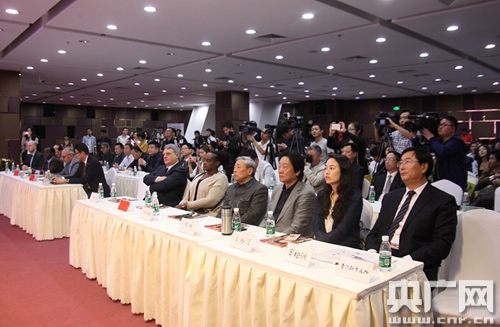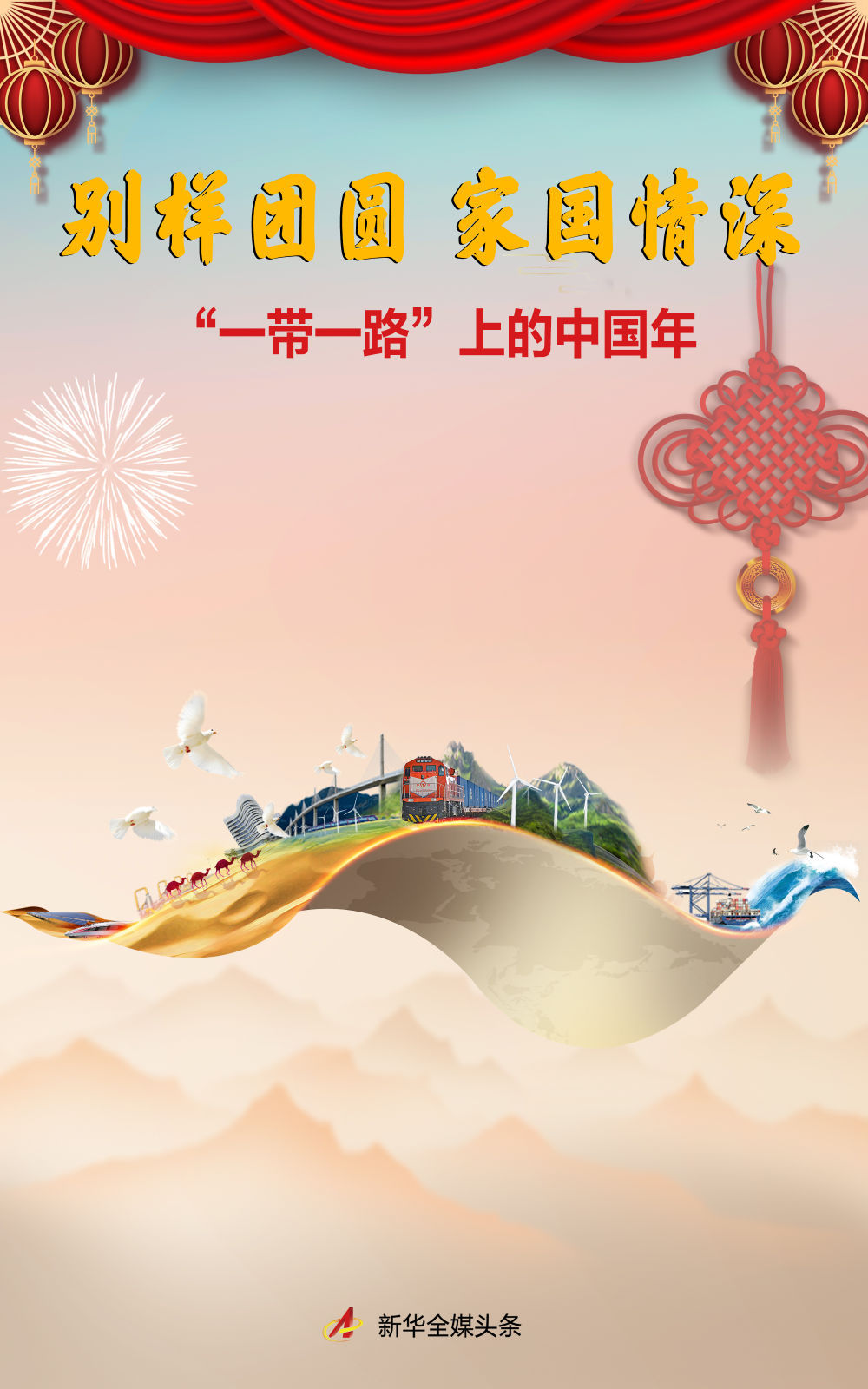Opening Up The Silk Road: A Great Feat Connecting China And The West
Opening Up The Silk Road: A Great Feat Connecting China And The West
As an important channel connecting the ancient East and West, the Silk Road is not only a trade route, but also a bridge of cultural exchanges. Its development and development have greatly promoted the exchange and integration of Eastern and Western civilizations, and promoted economic and cultural prosperity in human history.
As an important channel connecting the ancient East and West, the Silk Road is not only a trade route, but also a bridge of cultural exchanges. Its development and development have greatly promoted the exchange and integration of Eastern and Western civilizations, and promoted economic and cultural prosperity in human history. This article will comprehensively analyze this brilliant historical chapter for you from the aspects of the origin, development, influence of the Silk Road and its contemporary significance.

From the Internet
1. The origin and early development of the Silk Road
1. Origin background
The concept of the Silk Road was first proposed by European explorers in the 19th century, but its actual history can be traced back to around the 2nd century BC. During the Han Dynasty, with Zhang Qian's mission to the Western Regions, a trade channel connecting China with Central Asia, West Asia and even Europe was officially opened. Emperor Wu of Han sent Zhang Qian to the Western Regions to find partners who would allied to resist the Huns, and also laid the foundation for opening up a trade path with the West.
2. Early routes
The Silk Road is not a single road, but a network of multiple routes, mainly including the onshore Silk Road and the Maritime Silk Road. The land routes start mostly in Chang'an (now Xi'an) in China, passing through Central Asia, Persia, and the Arabian Peninsula, and finally reaching countries along the Mediterranean coast. The maritime route runs from China along the South China Sea and the Indian Ocean, through South Asia and the Arabian Peninsula, and directly to the east coast of Africa and Europe.
3. Exchange of major commodities and culture
Silk, porcelain, tea, spices, gems, etc. are China's main export commodities, while blankets from Central Asia, Persian carpets, Indian spices, Arabic glass products, etc. have also become important trade goods. In addition to commodities, the Silk Road also promoted the spread of religion, science and technology, and culture, such as Buddhism was introduced from India to China, and Islam was introduced from Arabia to Central Asia.

From the Internet
2. Prosperity and evolution of the Silk Road
1. The Golden Age of the Tang Dynasty
The Tang Dynasty (618-907) was the heyday of the Silk Road. The Tang Dynasty was strong in its national strength and its open policy attracted merchants and envoys from Central Asia, Persia, Arabia and even as far as Europe. Chang'an has become one of the largest cities in the world and has become the center of cultural exchange between the East and the West. Silk, ceramics, books and skills of the Tang Dynasty were widely spread through this route.
2. Changes in the Song and Yuan dynasties
During the Song Dynasty (960-1279), the Maritime Silk Road gradually emerged, and southern ports such as Guangzhou and Quanzhou became important international trade centers. During the Yuan Dynasty (1271-1368), the unification of the Mongolian Empire greatly promoted exchanges between the East and the West, and the network of the Silk Road was further consolidated and expanded.
3. Adjustments during the Ming and Qing dynasties
During the Ming Dynasty (1368-1644), the Maritime Silk Road gradually replaced the land route, and Zheng He's voyage to the West became a representative event during this period, opening up maritime exchanges between China and Southeast Asia, South Asia and Africa. During the Qing Dynasty (1644-1912), with the invasion of European powers, the Silk Road was gradually replaced by a new international trade system, but its historical significance was still far-reaching.

From the Internet
3. The far-reaching impact of the Silk Road
1. Economic prosperity and development
The Silk Road promoted commodity exchange between China and the West and promoted economic development of countries along the route. It not only brought wealth, but also promoted the spread of technology. For example, the spread of technologies such as papermaking, printing, gunpowder, and compass greatly promoted the progress of world civilization.
2. Cultural exchange and integration
Through the Silk Road, religion, art and science can be exchanged between different civilizations. For example, Buddhism was introduced from India to China, North Korea, and Japan, and became an important religion in East Asia; Islamic culture flourished in Central Asia and the Arab world, with far-reaching influence.
3. Interaction between politics and diplomacy
The Silk Road is also a link for establishing diplomatic relations between countries. Through trade and envoy exchanges, cooperation and understanding between different countries has been promoted, and it will help maintain regional stability and peace.

From the Internet
4. The decline and rejuvenation of the Silk Road
1. Causes of Fall
With the opening of maritime routes and the rise of European powers, the onshore Silk Road gradually declined. After the 16th century, maritime trade became the mainstream and the strategic position of land routes declined. In addition, war and political turmoil have also affected this ancient trade channel.
2. The modern "Silk Road" revival
Entering the 21st century, China has proposed the "Silk Road Economic Belt" and "21st Century Maritime Silk Road" initiatives, collectively known as the "Belt and Road". This initiative aims to revitalize the glory of the ancient Silk Road through infrastructure construction, economic and trade cooperation and cultural exchanges, and promote global win-win cooperation.

From the Internet
5. Contemporary significance and future prospects
1. Connect the past and the future
The Belt and Road Initiative is not only a project of economic cooperation, but also a platform for cultural exchanges and mutual learning between civilizations. It inherits the spirit of the ancient Silk Road and emphasizes win-win cooperation and inclusive development.
2. Promote regional integration
Through infrastructure interconnection, promote economic integration of countries along the route, improve people's livelihood, and promote common development. This strategy is expected to become an important part of global governance.
3. Challenges and Opportunities Facing
Although the prospects are broad, there are also political, economic, environmental and other challenges. Countries need to strengthen cooperation to ensure the sustainability and inclusion of projects.
Conclusion
As a great feat in the history of human civilization, the Silk Road is not only a trade route, but also a bridge connecting Eastern and Western civilizations. It witnessed the wisdom and courage of ancient human beings, and also inspired us to continue to promote cooperation and exchanges in the present and jointly create a more prosperous future for mankind. Whether it is the glory of history or the hope of the future, the Silk Road will always be engraved on the monument of human civilization.





